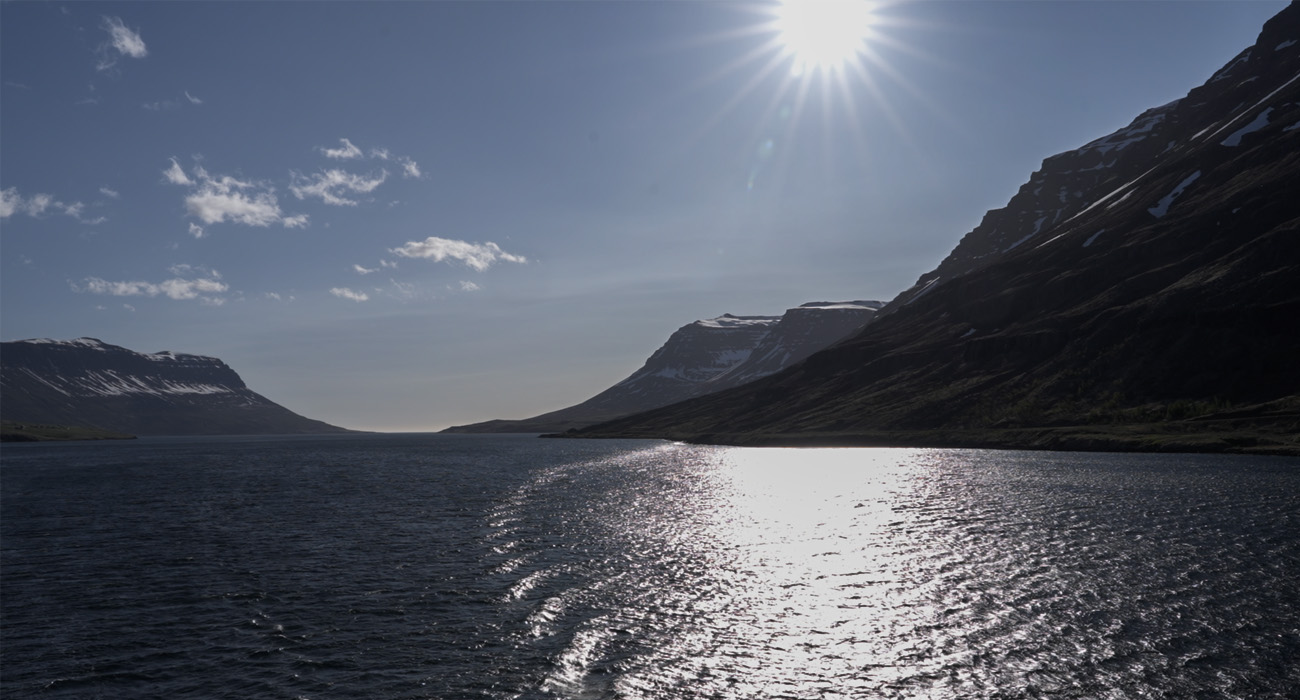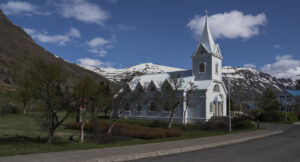How to Use Natural Light While Traveling
Natural light is a travel photographer’s most powerful tool. From the soft pastels of dawn to the dramatic shadows of dusk, mastering the art of using natural light can elevate your travel photos from snapshots to storytelling. Whether you’re wandering through a sunlit piazza in Italy or hiking misty mountain trails in Patagonia, understanding light—and how to use it—can transform your visual narratives.
In this post, we’ll dive into the golden hour, explore the other lighting conditions you’ll encounter on the road, and share practical tips on how to make the most of them wherever your travels take you.
What Is the Golden Hour?
The golden hour refers to the period shortly after sunrise and just before sunset when the sun is low in the sky. The light during this time is warm, soft, and diffused—perfect for flattering portraits, dramatic landscapes, and atmospheric cityscapes.
Why It’s Ideal:
- Soft shadows: Reduces harsh contrasts on faces and buildings.
- Warm tones: Adds a natural glow and emotional depth to images.
- Long shadows: Adds texture and dimension to landscapes.
Pro Tip: Arrive at your location at least 30 minutes before the golden hour begins to scout compositions and adjust your camera settings.
Blue Hour: The Underrated Companion
Just before sunrise and after sunset comes the blue hour, when the sky takes on deep blue and purple hues. It’s ideal for capturing moody city scenes, tranquil waterscapes, and long-exposure shots of landmarks with lights just beginning to turn on.
Best Uses:
- City lights with sky contrast
- Reflections on water
- Silhouettes and minimalism
Midday Light: Challenges and Opportunities
Midday light—especially under a cloudless sky—can be harsh, creating stark shadows and blown-out highlights. While often avoided, it can be used creatively:
- Black and white photography: Emphasizes contrast and structure.
- Street photography: Captures dynamic shadows and movement.
- High-key shots: Bright and overexposed for stylistic effect.
Pro Tip: Use buildings, doorways, or trees to diffuse light. Alternatively, shoot indoors where sunlight streams through windows for beautiful highlights.
Overcast Days: Nature’s Softbox
Don’t put your camera away on cloudy days. Overcast skies act like a natural diffuser, spreading soft, even light that’s perfect for:
- Portraits: Flattering and consistent skin tones.
- Color-rich scenes: No harsh glare to wash out vibrancy.
- Details and textures: Ideal for food, markets, and architecture.
Pro Tip: Slightly increase contrast in post-processing to avoid a flat look.
Sunset and Twilight: Emotional Light
As the sun dips below the horizon, light becomes more dramatic and emotional. Use this time to shoot:
- Silhouettes against bold skies
- Golden reflections on water and buildings
- Changing tones minute by minute—great for time-lapses
Tips for Working with Natural Light While Traveling
- Plan Ahead: Use apps like PhotoPills or The Photographer’s Ephemeris to track sun paths and light direction.
- Adapt to the Moment: Be flexible—sometimes the best light comes unexpectedly.
- Use Reflectors: Even a white t-shirt or notebook can bounce light onto a subject.
- Understand Your Camera: Manual mode gives you better control over exposure in changing light conditions.
- Stay Out Longer: Great light often comes just before or after the crowds leave.
Final Thoughts
Natural light changes constantly, and learning to see it—really see it—is a skill honed with time and travel. Whether it’s the golden kiss of sunrise or the cool blues of twilight, light can evoke emotion, atmosphere, and connection in your images. So pack your gear, chase the light, and let the world reveal its beauty one sunbeam at a time.
Have a favorite light moment from your travels? Share it in the comments!




